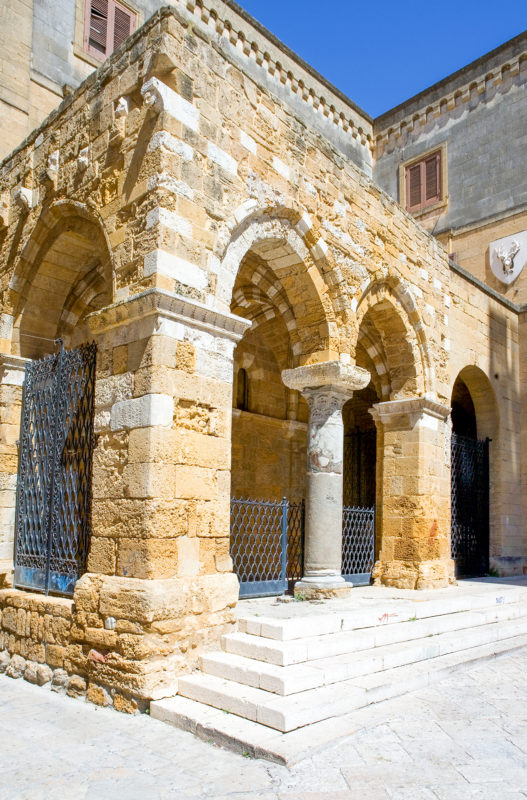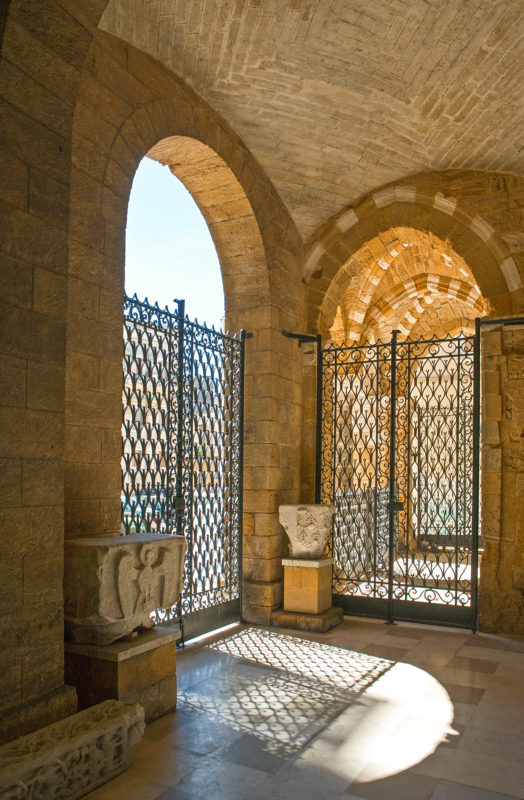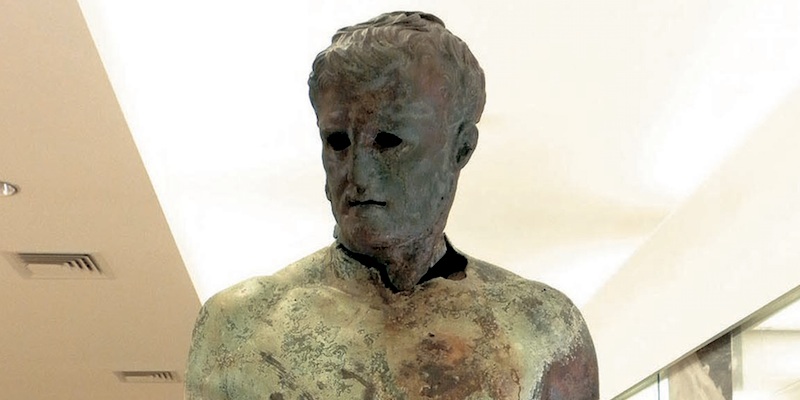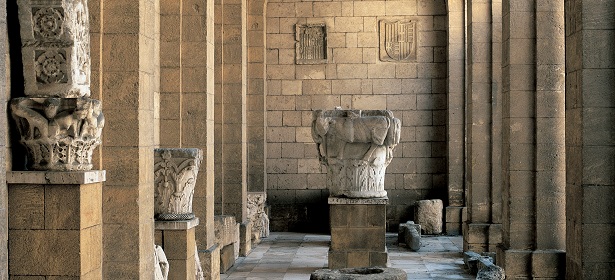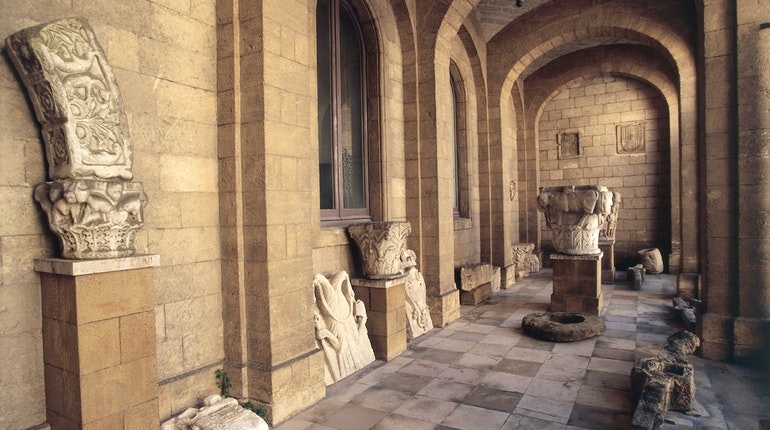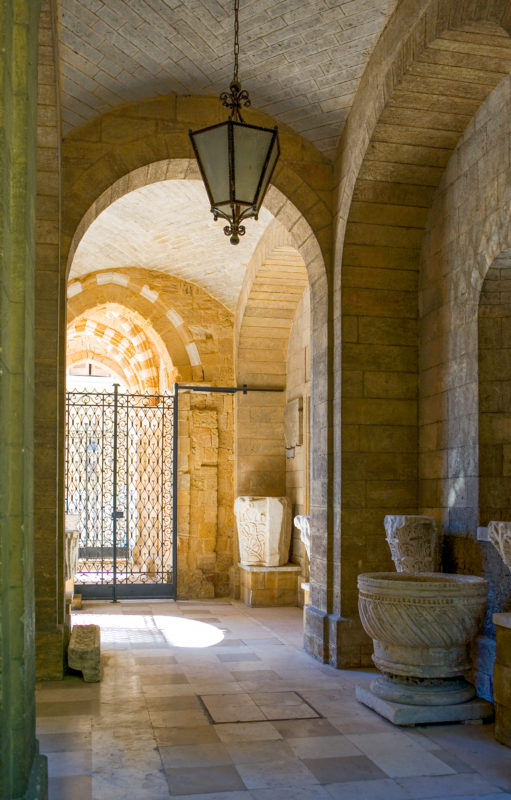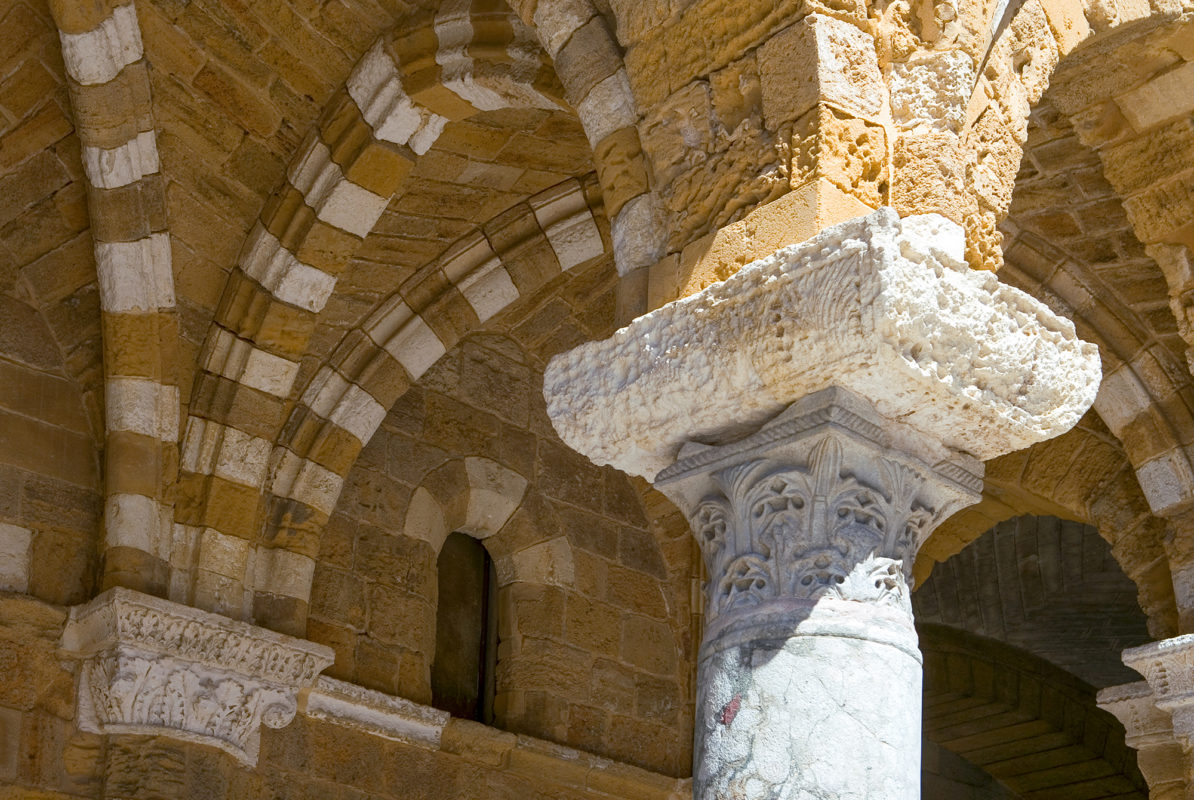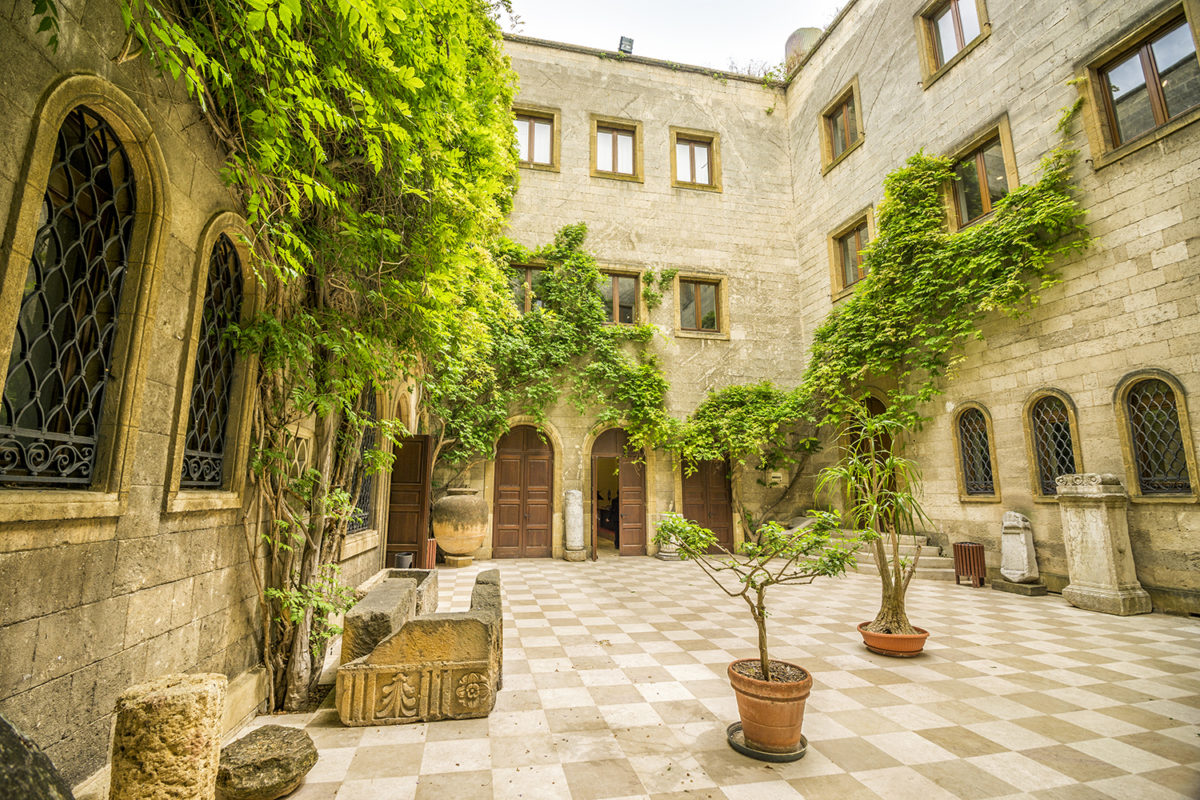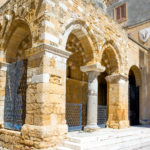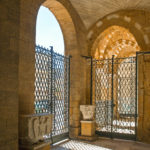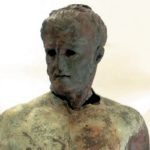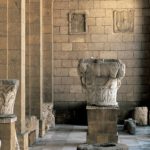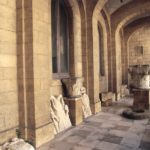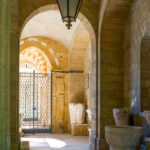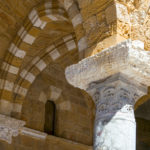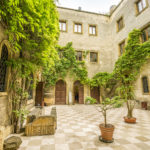Ribezzo Archaeological Museum
A journey through Brindisi during the Roman period, the Messapian and medieval age.A journey through Brindisi during the Roman period, the Messapian and medieval age. Named after the researcher in Messapian civilization Francesco Ribezzo, the Museum has several large rooms joined to the Knights Templars portico in Piazza Duomo. The exhibition includes the antiquarian, epigraphic and statuary sections, Prehistoric, Messapian, and Roman sections, and underwater archaeology.
The collection includes vases dating from the 7th to the 3rd century B.C. such as Corinthians and Attics importations, trozzelle, apulian vases with red figures and vases of the Egnazia style. One of the great attraction is a series of glass vases dating back to Roman period. In the epigraphic sectionwe can find stele, funerary niches in Latin, most of which come from the Roman necropolis of Brindisi. We can also find statues depicting togati and loricati, and female portraits which attest the development of plastic representation from the 1rst century B.C. to the 2nd century A.D.
Very peculiar is the underwater archaeology section which includes the underwater excavation of Punta del Serrone, a town two miles north of the port of Brindisi, where bronze finds of considerable historical and artistic interest have been found, like a statue of Lucio Emilio Paolo, the Roman consul who won the battle of Pidna in Macedonia and another statue depicting the young Polydeukion.
For more info
A journey through Brindisi during the Roman period, the Messapian and medieval age. Named after the researcher in Messapian civilization Francesco Ribezzo, the Museum has several large rooms joined to the Knights Templars portico in Piazza Duomo. The exhibition includes the antiquarian, epigraphic and statuary sections, Prehistoric, Messapian, and Roman sections, and underwater archaeology.
The collection includes vases dating from the 7th to the 3rd century B.C. such as Corinthians and Attics importations, trozzelle, apulian vases with red figures and vases of the Egnazia style. One of the great attraction is a series of glass vases dating back to Roman period. In the epigraphic sectionwe can find stele, funerary niches in Latin, most of which come from the Roman necropolis of Brindisi. We can also find statues depicting togati and loricati, and female portraits which attest the development of plastic representation from the 1rst century B.C. to the 2nd century A.D.
Very peculiar is the underwater archaeology section which includes the underwater excavation of Punta del Serrone, a town two miles north of the port of Brindisi, where bronze finds of considerable historical and artistic interest have been found, like a statue of Lucio Emilio Paolo, the Roman consul who won the battle of Pidna in Macedonia and another statue depicting the young Polydeukion.
For more info

